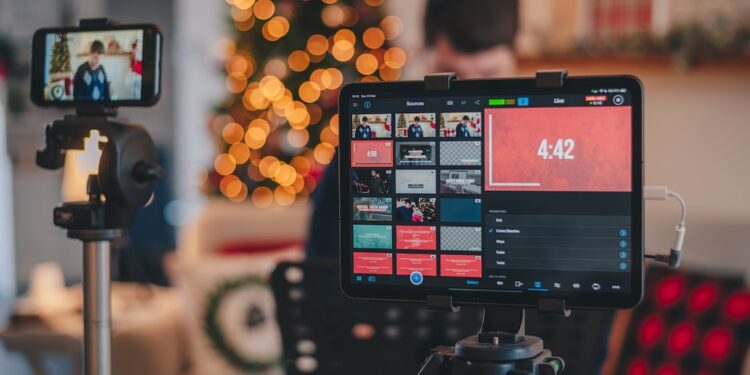Exploring the Power of Visual Storytelling in Media
With the rapid advancement in technology and the increasing popularity of social media platforms, visual storytelling has become an essential tool for both individuals and businesses to captivate audiences. The use of images and videos allows individuals to convey a message in a visually appealing and engaging manner, making it a powerful tool in the world of media.
Visual storytelling has been an integral part of human communication for centuries. From ancient cave paintings to modern-day movies, humans have always had a fascination with visually illustrating their stories. Visual storytelling enables us to connect with others on a deeper level, evoking emotions and conveying complex ideas in a simple and relatable way.
In the realm of media, visual storytelling has gained significant traction due to its ability to capture attention in an age of information overload. As humans, we are naturally drawn to visual stimuli, and using visual elements in media can create an instant impact on the audience. Whether it’s a striking image, a captivating video, or an infographic that simplifies complex information, visual storytelling has the power to make information more interesting and memorable.
One of the reasons visual storytelling is so powerful is its ability to transcend language barriers. Images can convey emotions and messages in a universal language that everyone can understand. This makes visuals especially important in an increasingly globalized world where communication happens across cultures and languages. By utilizing visual storytelling, media can connect with diverse audiences, breaking down barriers and fostering understanding.
Visual storytelling also has the ability to transport the audience to different worlds and experiences. Through the use of photos, videos, and animations, media can take us on a journey, allowing us to witness places and events we may never have the opportunity to experience in real life. This immersive storytelling experience creates a sense of connection and empathy, enabling audiences to relate to different perspectives and broaden their horizons.
The rise of social media platforms has revolutionized the way visual storytelling is used in media. Platforms like Instagram and TikTok have given individuals and businesses a voice to express themselves creatively and tell their stories. The popularity of visually-driven platforms has further highlighted the importance of captivating content that stands out in a sea of information.
Visual storytelling has also proven to be an effective marketing tool for businesses. Brands that effectively incorporate visual elements in their storytelling strategies can create a lasting impression on their target audience. An aesthetically pleasing visual campaign can significantly enhance brand perception and help businesses differentiate themselves in a crowded marketplace.
Furthermore, studies have shown that people are more likely to remember information presented visually compared to text-based information. Visuals create a lasting impact on our memory, making it easier for the audience to recall and share the information with others. This is particularly valuable for businesses aiming to communicate their brand message and increase brand awareness in a memorable way.
In conclusion, visual storytelling is a powerful tool in the realm of media. It enhances communication, breaks down barriers, and captivates audiences in a way that textual information alone cannot achieve. Whether it’s through images, videos, or animations, visual storytelling allows individuals and businesses to connect with others, convey their messages effectively, and create a lasting impression. As technology continues to evolve, the power of visual storytelling will only become more potent, shaping the future of media and communication.













